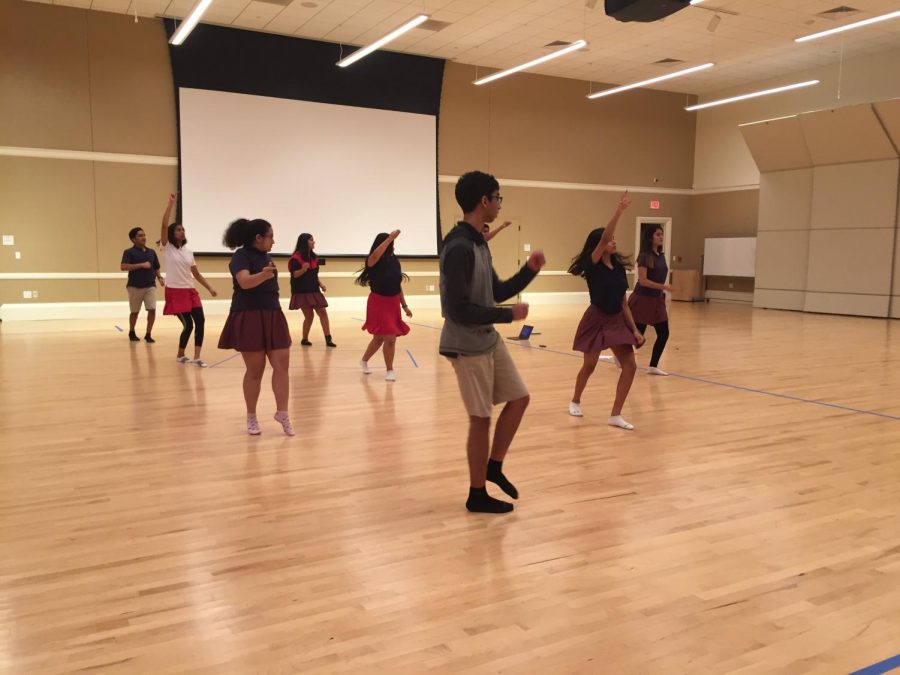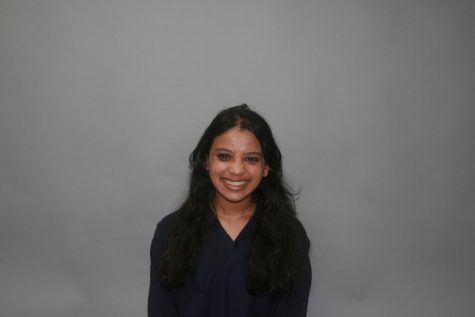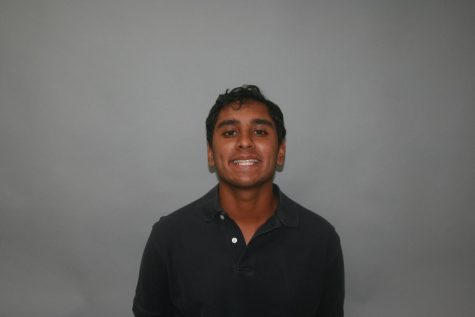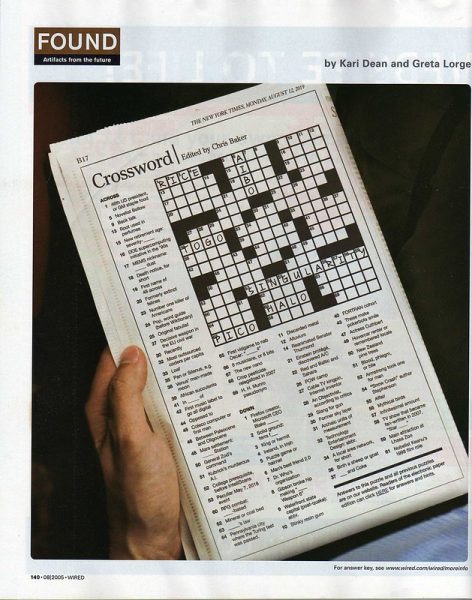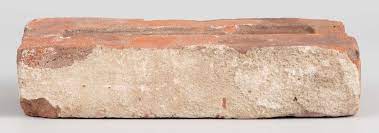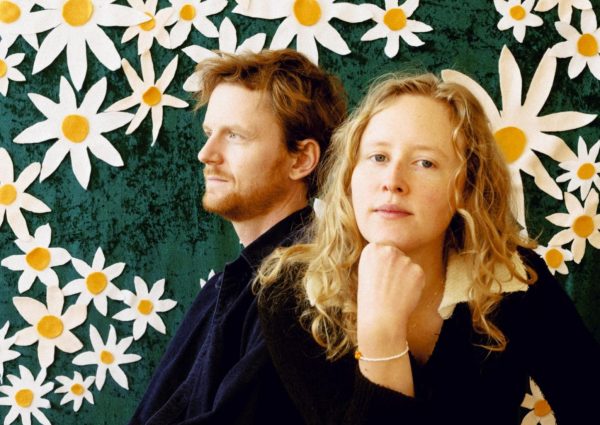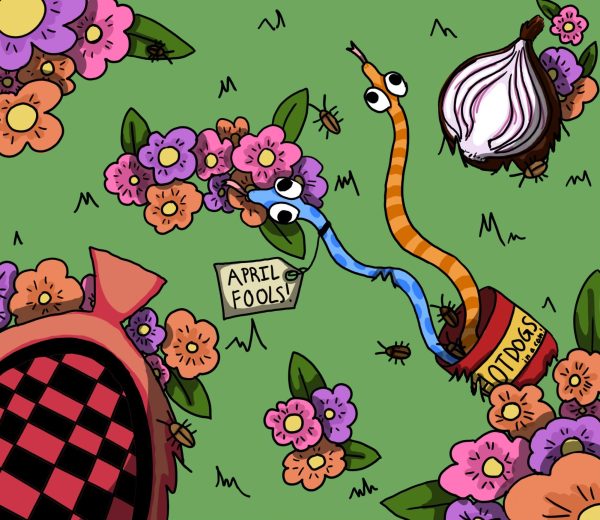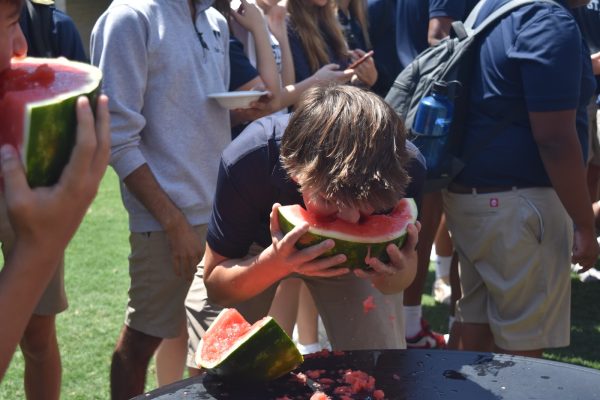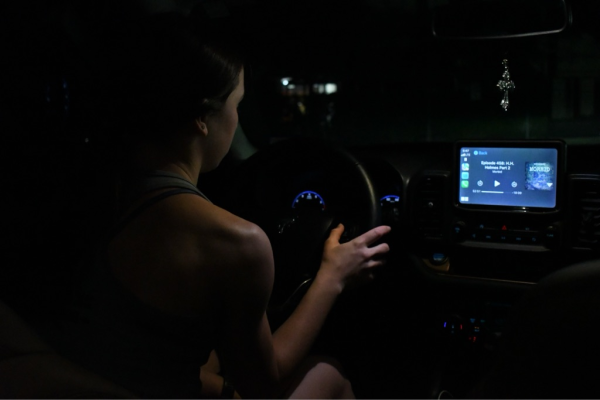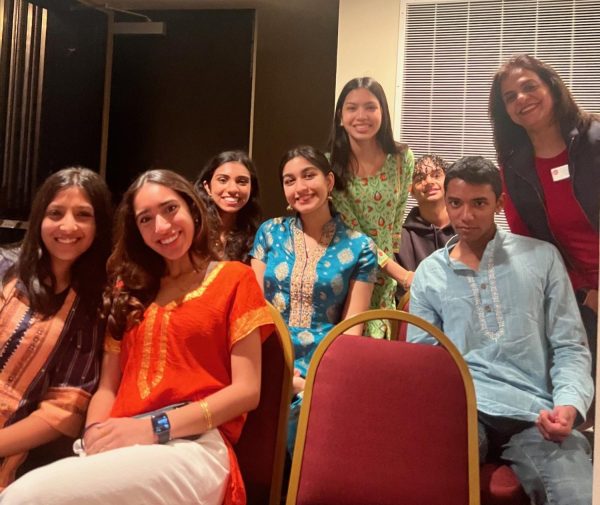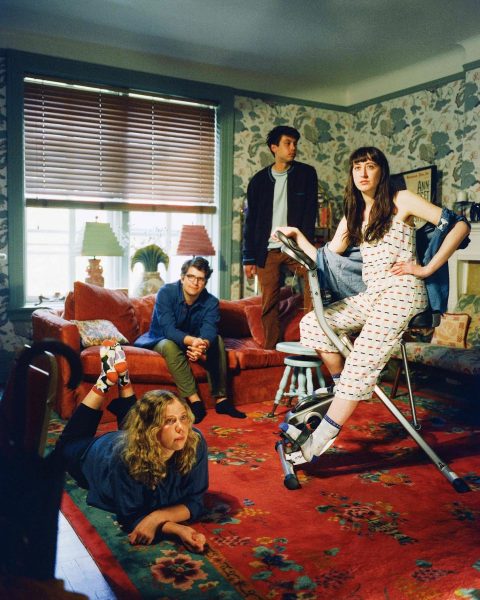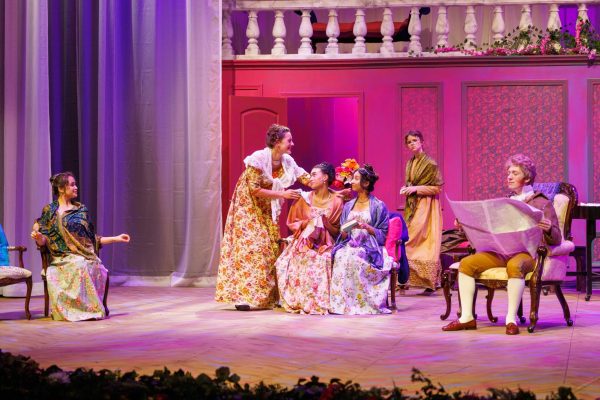South Asian Affinity Group assembly highlights blending of native and American values
SAAG members rehearse one of their four dances before the assembly.
November 10, 2018
The lights dim as the beginning of an American tune, “Mi Gente,” is heard from within the darkness. Suddenly, the lights turn on, and the members of the South Asian Affinity Group begin to dance energetically to the music, which was translated and sung in Hindi.
SAAG’s assembly, which took place on Oct. 25, featured students performing traditional Indian dances and playing instruments, as well as a dance to more modern, westernized Bollywood music.
The assembly began with a slideshow of quotes from SAAG members about growing up as a South Asian in America. According to SAAG sponsor Sarwat Jafry, although many South Asian students were born in the U.S., most parents were born in South Asian countries, and the students have to balance their parents’ traditional values with the values in the U.S.
After an introduction from SAAG President Manar Ansari and co-Vice President Marshall, senior Vijay Patel awed the audience with his performance on the tabla, a traditional Indian drum set.
“I’ve always known the tabla as something really traditional that only old Indians play, so it was really cool and surprising seeing [Vijay] — someone whose American side I know really well — play those tablas so amazingly,” freshman Anshul Nayak said.
Following the tabla performance was a Kathak routine, a classical Indian dance. Performed to the iconic Bollywood song “Barso Re,” the dance was choreographed by sophomore Fareen Dhuka and freshmen Ananya Agarwal and Aatiqah Aziz, who have taken Kathak lessons for several years. According to Agarwal, she was at first encouraged to start Kathak lessons by her mother.
“She wanted me to conform to the traditional standards of an Indian daughter and didn’t want me to grow up completely American,” Agarwal said. “I was kind of resentful at first and hated it, but then I met all these other girls whose Indian moms were making them do Kathak and became friends with them. Now, I love it so much. Kathak is a really integral part of my life and identity.”
Used with permission from Indrani Maitra.
Senior and SAAG co-Vice President Roosh Bhosale introduced guest speaker Raj Salhotra (’13). After attending Rice University and Harvard Law School, Salhotra helped created a non-profit organization called Students with Ambition Go to College, which helps high school students get into college, graduate and enter the workforce.
Salhotra spoke about his experience as a child of two immigrants and shared stories about his time at St. John’s as a South Asian student, emphasizing the importance of friends and family for everyone in America.
After his speech, several members of SAAG performed a series of dances to popular, modern Bollywood songs: “Balam Pichkari,” “Badri Ki Dulhania” and “Bom Diggy.” The dances, choreographed by Ansari and freshman Afraaz Malick, featured an amalgam of traditional and modern moves.
“It was so beautiful,” Upper School counselor Ashley Le Grange said. “I loved that I could learn about a culture and that my ethnic intelligence rose even a little bit. I felt like I was at Epcot in Disney World.”
Jafry was pleased with the audience’s response to the dance.
“I’m glad that the dance was perceived to be fun,” Jafry said. “Obviously, some students in the audience found it funny because some of the dancers have two left feet, but what I love about the assembly is that it provides an opportunity for students of diverse backgrounds to share their culture with their classmates.”
Jafry hopes that SAAG can continue to provide a safe space for South Asian students at St. John’s.
“Everyone has different sets of values at home they have to fulfill,” Jafry said. “Trying to navigate that in this SJS culture can be stressful at times, so I hope to provide that safe space. I want the larger of community to be aware of us and who we are and to tackle the stereotypes that put an unneeded burden on the kids.”




